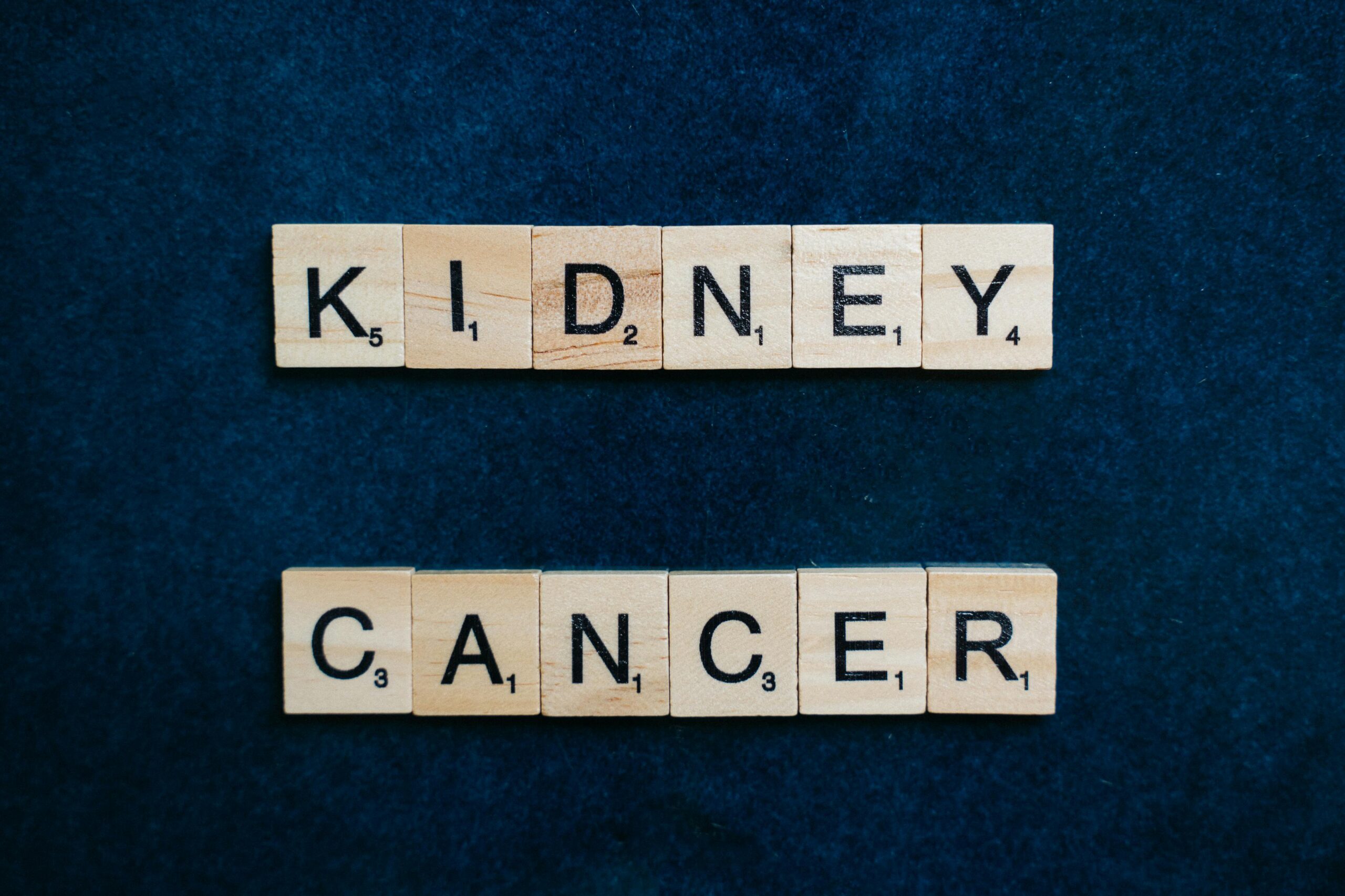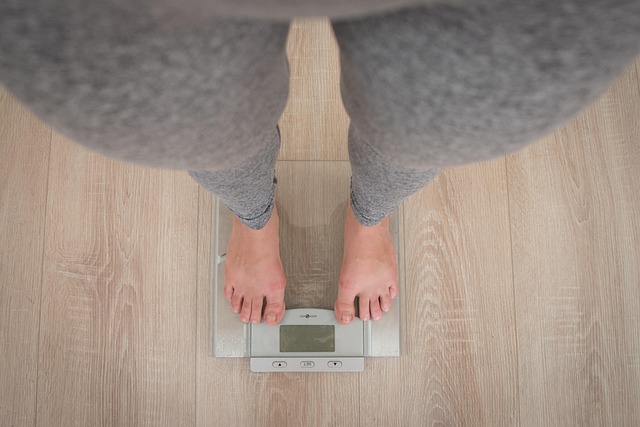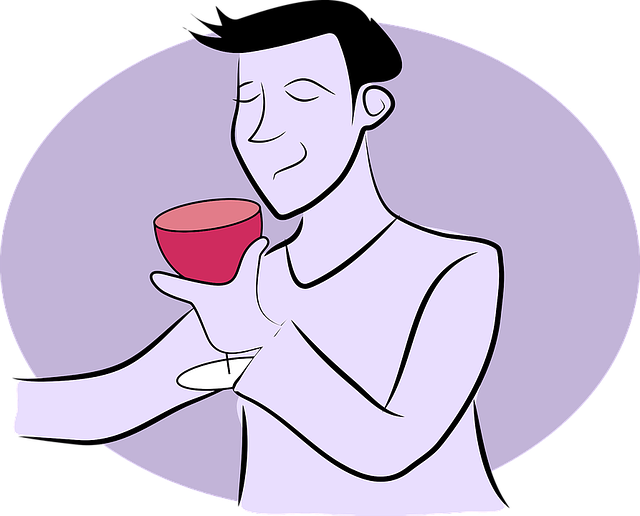How Do You Know About Kidney Stones?
Consider your kidneys to be your body’s incredibly effective filters. They put in a lot of effort to purify your blood, eliminating waste and surplus water to create urine. Certain salts and minerals in your urine can occasionally crystallize and become extremely concentrated. These microscopic crystals have the potential to aggregate and develop into kidney stones over time.
The size of these stones ranges from as tiny as a grain of sand to as enormous as a golf ball! You might not even be aware of little stones leaving your body. Larger stones, however, can become lodged in the urinary tract and cause a great deal of discomfort.
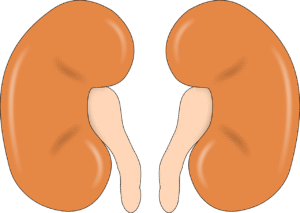
What Signs of Kidney Stones Are There?
Kidney stone symptoms can be fairly severe and appear suddenly. They frequently rely on the stone’s size and location within your urinary tract. The following are the most typical indicators to look out for:
* The defining symptom is severe pain. Sharp, cramping pain in your lower abdomen, side, or back is possible. Known as “renal colic,” this pain can be terrible and frequently occurs in waves. It may even extend to your thigh or groin.
* Painful Urination: A burning feeling that resembles a urinary tract infection (UTI) may occur when you urinate.
* Frequent Urination: You may have an increased need to use the restroom.
* Blood in pee: If there is blood in your pee, it may appear pink, red, or brown. Hematuria is the term for this condition, which can be microscopic or apparent.
* Cloudy or Foul-Smelling Urine: Urine with an infection may seem hazy and smell strongly of something disagreeable.
* Nausea and Vomiting: An unsettled stomach and vomiting are frequently caused by the severe pain.
* Fever and Chills: If you have fever and chills, it may be a sign of an infection, which is a dangerous side effect of kidney stones that has to be treated right away.
It’s critical to contact a doctor immediately if you suffer from any of these symptoms, particularly excruciating pain or fever.

How Do You Treat Kidney Stones?
The good news is that kidney stones can be effectively treated in a number of ways. The optimal course of action for you will depend on the size, location, and type of the stone as well as your general health.
* Waiting It Out (Management Conservatism)
A “wait and see” strategy may be suggested by your doctor for tiny stones (usually less than 5–6 mm). Helping the stone pass naturally is the aim here. This typically entails:
* Drinking lots of water: This promotes the stone’s passage and helps to cleanse your urinary system. Urine should be clear.
* Pain Relievers: Ibuprofen and naproxen are examples of over-the-counter pain relievers that can help control discomfort. If necessary, your doctor may recommend more potent painkillers.
* Alpha-Blockers: These drugs help the stone pass by relaxing the muscles in your ureter, which is the tube that transports urine from your kidney to your bladder.
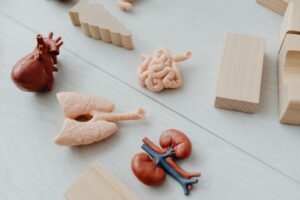
* Health Care Practices
Your doctor may suggest one of the following operations if the stone is too big to clear by itself or if it is causing significant pain, infection, or kidney damage:
* Shockwave Lithotripsy Extracorporeal (ESWL): High-energy sound waves are used in this non-invasive therapy to break up the kidney stone into small pieces. Your urine will then be able to pass these smaller fragments more readily. The shock waves will typically be administered by the doctor using a machine while you lie on a table. Frequently, it is performed as an outpatient procedure.
* Percutaneous Nephrolithotomy (PCNL): Large or complicated kidney stones are usually treated using PCNL. To make a direct route to the kidney, a little incision is made in your back. After that, a specialized tool is used to split the stone into tiny pieces or remove it entirely. Usually, this surgery necessitates a hospital stay.
* Open Surgery: Although less invasive techniques have made open surgery less common, it may be required in extremely difficult cases where other approaches are not appropriate.
How to Avoid Kidney Stones in the Future
You have a higher chance of developing another kidney stone after you’ve had one. Fortunately, there are actions you may take to drastically lower your risk:
* Drink plenty of water: This is the most crucial piece of advice! To keep your pee diluted throughout the day, drink adequate water.
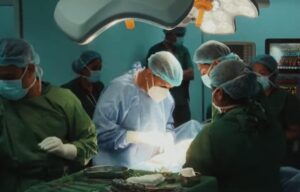
* Be mindful of your diet: The type of stone you had will determine what dietary adjustments your doctor suggests. Limiting animal protein, salt, and other meals high in oxalate, for instance, may be recommended.
* Drugs: If you have a history of recurring stones, your doctor may occasionally recommend drugs to help prevent the creation of new stones.
Although kidney stones can be difficult to live with, they can be relieved with the right diagnosis and care. If you think you may have kidney stones, don’t be afraid to get help. By being proactive, you can control the illness and stop it from happening again.






